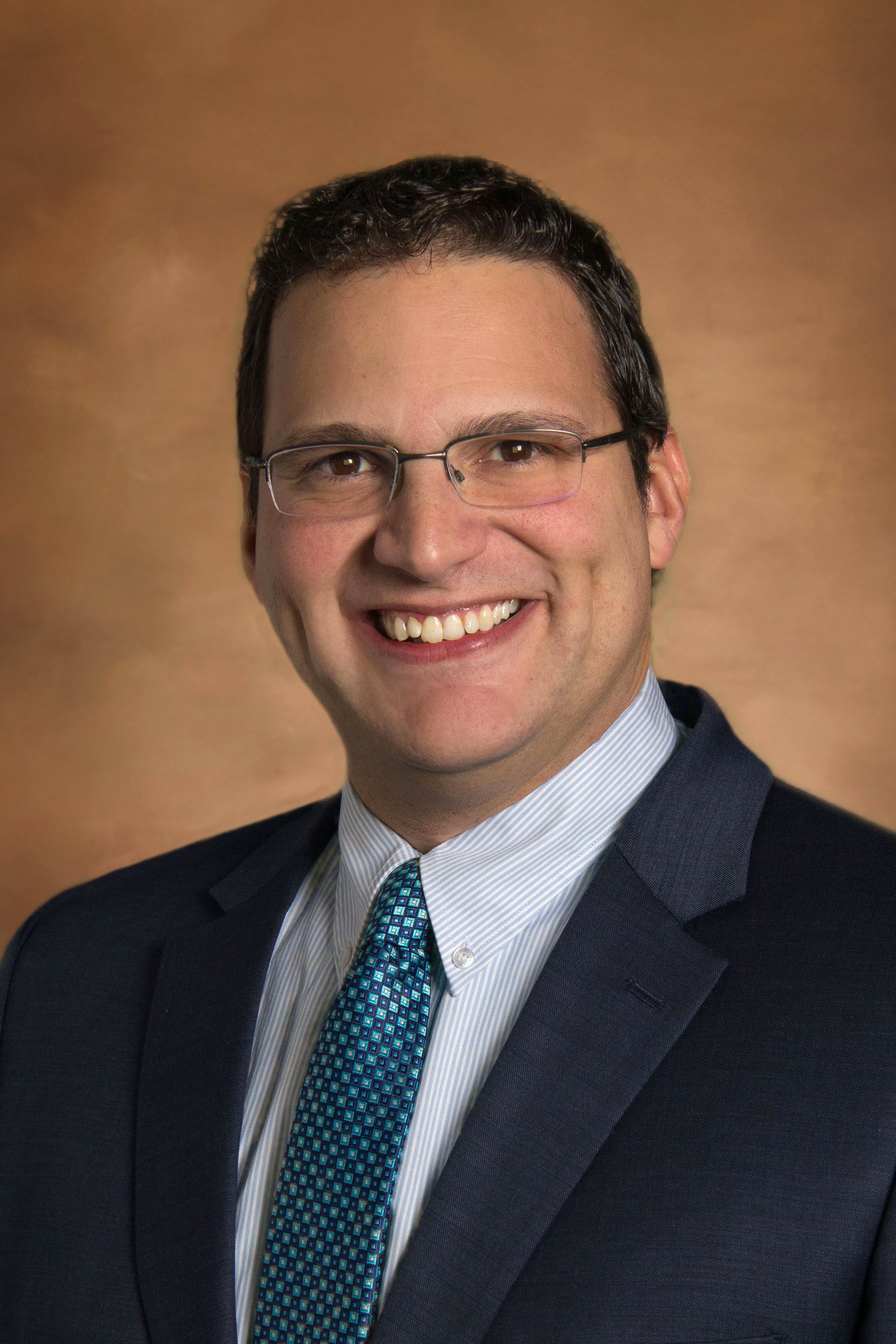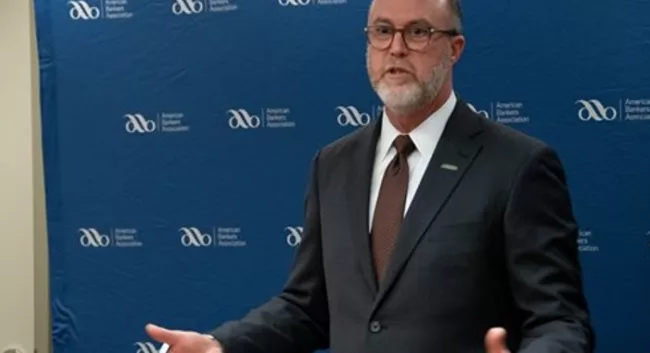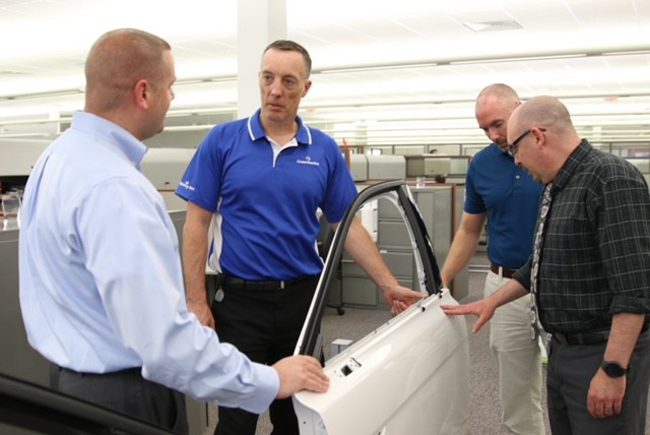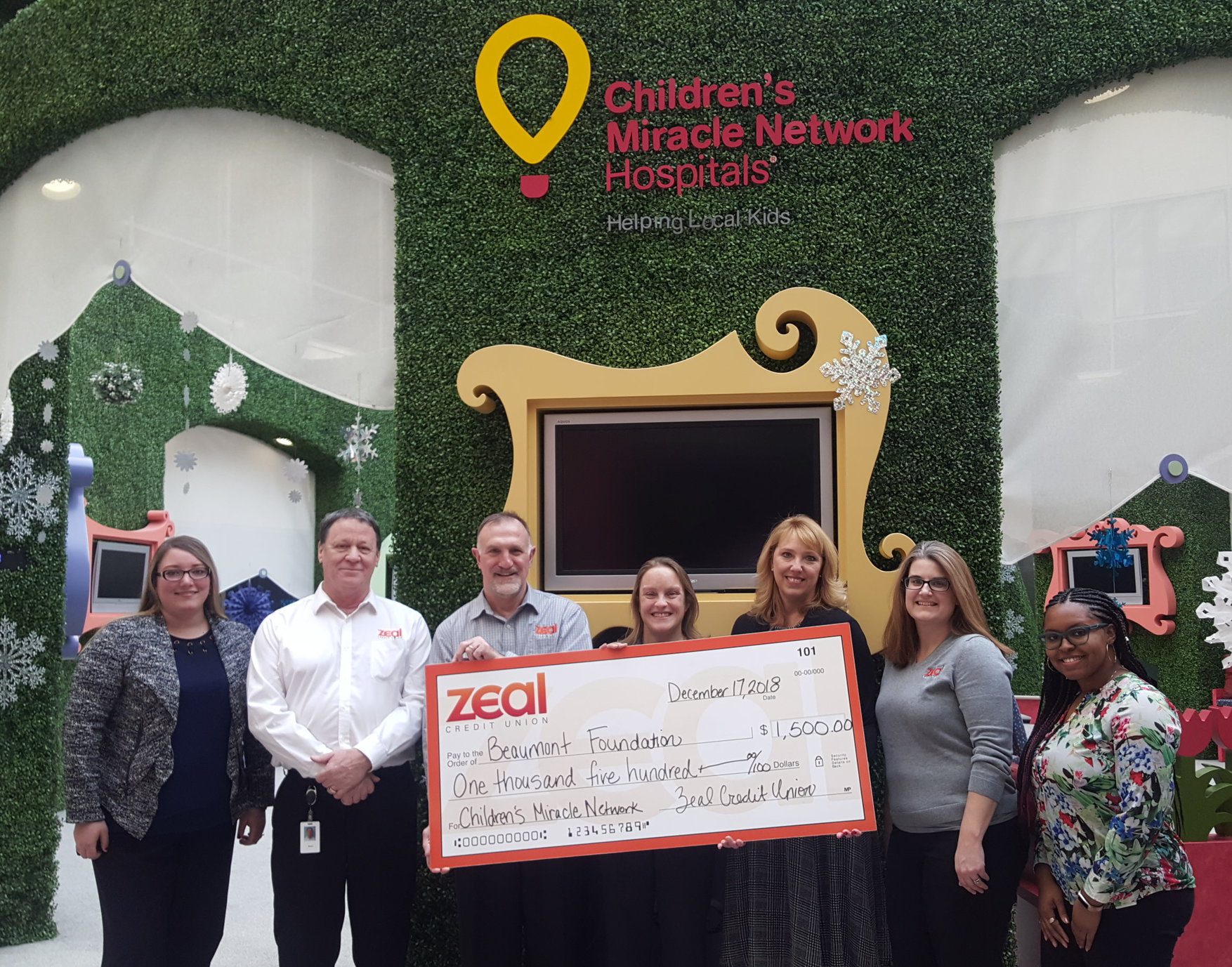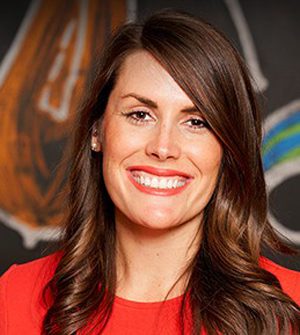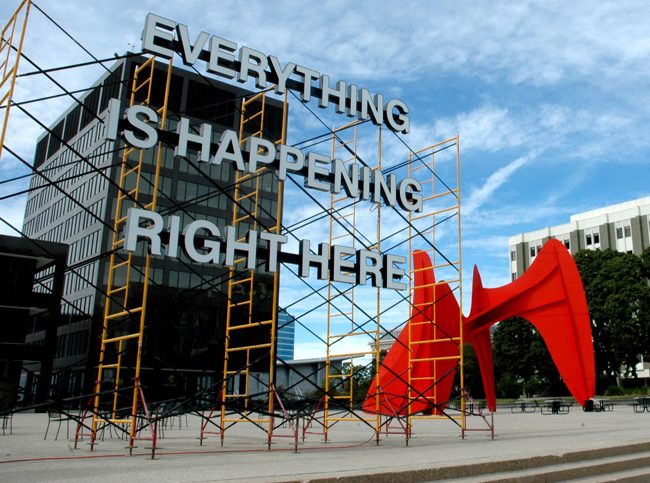Michigan-based SHEFIT named a top ‘Entrepreneurial Company’ in America
Creating products that women want to wear is tough enough. But making a sports bra that women love to wear is an even greater task.
First year partnership with hunters, food banks deemed a success, say organizers
When the Food Bank Council of Michigan teamed up with the state's Department of Natural Resources and Michigan Sportsmen Against Hunger, the expectation was that they would be able to add meat from about 20 deer to food pantries.
Big debt for students sparks search for even bigger solution
The middle class feels the cost of a college education is out of their collective reach. Will next generation need (or even want) a degree?
Q&A: Protecting photo copyrights for pro photographers, photo & news agencies, publishers and more
Photography and the resulting photos hold huge power in telling stories, defining issues and controlling the narratives of the news cycle. That is why in 2015 Marcus Schmitt in part created COPYTRACK, a service...
White Glove Workshops Expands Leadership Team
White Glove Workshops, a digital marketing company specializing in planning, managing and promoting educational seminars for professionals in multiple industries announced John Johnson as managing director of business development and Paul Gazda as director...
Julie McQueen Named President of Carbon TV
CarbonTV, the world’s leading outdoor, online OTT streaming content site, announces today the appointment of Julie McQueen to President, effective immediately. McQueen is a well known outdoor television show host, producer, writer, ambassador, spokesperson,...
David T. Woodward elected chairman of Oakland County Board of Commissioners
He's the first Democratic Chairman of Oakland County's governing board in more than 40 years. As chairman, he presides over the county's $890 million annual budget, policy making, and appointments to various boards and...
MIS Track donated more than $1M to local organizations in 2018
Michigan International Speedway, MIS Cares and its sister company Americrown combined to donate a total of $1,022,097 in 2018 to local service groups and organizations through cash donations, in-kind donations, work programs, grants and...
Parvathy Hariharan named Sales and Marketing Vice President for Comcast’s Heartland Region
Comcast has promoted Parvathy Hariharan to vice president of sales and marketing for the company's Heartland region which includes Michigan, Indiana and Kentucky. She has spent the past three years as the Heartland Region...
Chassix names new President and CEO
Chassix, Inc., a leading global automotive supplier of safety-critical light weight casting and machining solutions, announced Andreas Weller, 49, has been named President and Chief Executive Officer. Weller comes to Chassix from the ZF...
Comerica Bank sees Michigan’s Economic Activity Index move up, reversing a slide
Comerica Bank has recorded a reversal of a slide in Michigan’s economic activity that started in June.
Developer, architectural design team unite on modular housing
The $30-million, multiuse retail and housing project at The Corner—posed a variety of challenges and opportunities for developers and designers as they came up with a new vision for this unique site.
ArtPrize reimagined: where, why and how
ArtPrize, which just celebrated its 10th year, is now reimagining itself by moving to a biennial schedule and introducing a new citywide public art project in the alternate years.
Cooper Standard will build new headquarters as it continues to grow in size and...
Cooper Standard is continuing its recent growth with plans to build a new world headquarters in the Detroit area.
Beaumont Children’s patient inspires Zeal Credit Union to extend outreach to Children’s Miracle Network
Inspired by Beaumont Children's patient, Jonny Hendricks, Zeal Credit Union CEO Tony Carnarvon and other Zeal employees paid a visit to Beaumont Children’s in mid-December to present a donation of $1,500 to Jennifer Shea,...
Macomb native conducts Navy humanitarian mission in Honduras
Hospital Corpsman 2nd Class Brooke Proverb, from Macomb, helps identify a patient's correct prescription for glasses at one of two medical sites. The hospital ship USNS Comfort is on an 11-week medical support mission...
Lisa Kocsis-LeCureux named VP for Comcast’s Heartland Region
Comcast has promoted Lisa Kocsis-LeCureux to Vice President of Customer Service Strategy and Operations for the company's Heartland region which includes Michigan, Indiana and Kentucky. She will also retain responsibility for Comcast’s Project Management...
Workplace expert predicts Gen Z takes center stage in 2019
There is no doubt that the makeup of organizations is rapidly shifting as baby boomers retire while millennials and Gen Z take over the majority of new jobs. With this fountain of youth comes a fearless, public and often tactless communication style, which is impacting the workplace in real ways.
Hello West Michigan announces new Executive Director
Hello West Michigan has become a model for what a successful talent attraction organization can be, according to Rachel Bartels, and that is why she is thrilled to become its next Executive Director.
Her...
Education design expert joins Ghafari as director of education
Architect Doug Campbell, AIA, LEED AP BD+C, has joined Dearborn-based architecture and engineering firm Ghafari Associates as Director of Education. Ghafari is thrilled to welcome Doug, who brings over 15 years of design experience...







